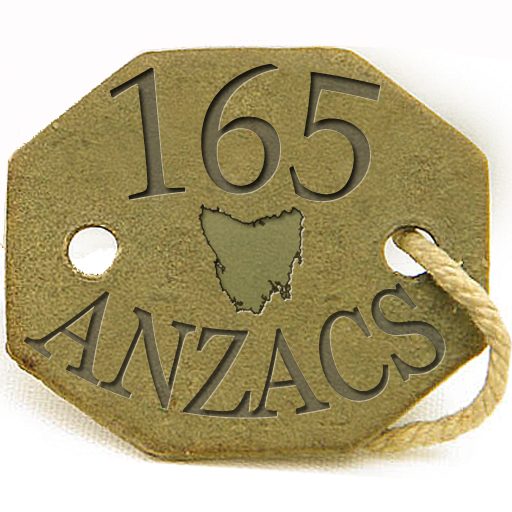War by its very nature is a destructive process and the hurt and damage it causes lives on long after the conflict is over. How to live in peace with others is not an easy topic to explore and shining a light on these 165 ANZACs is not glorifying war, but is promoting at least four big ideas.
(1) Freedom is not free.
(2) That conflict and war must be the last resort.
(3) Peace must be valued, cherished, and nurtured.
(4) Education is one of the best means of preventing war for by understanding the past one is in a better position to understand that the peace and values Australian’s enjoy today have come at an cost to those who have come before and by understanding the past there is a hope that a better future can be created.
Education ideas
Developing this webpage and the related book (Telling Part of the Story of 165 Northern Tasmanian World War I ANZACs, 2017, Holy Trinity Church Launceston) is designed to help educate others about these 165 ANZACs. Importantly, the resources and article developed from this project have the potential to be used in a number of places in the contemporary Australian school curriculum. For example, the spreadsheet data base has application in mathematical, information technology, English, and history classrooms as school students and others have the opportunity to work with a real data set and interact with that information and data (download from this link RESOURCES PAGE ).
The educational ideas explored in this book include poems written by ANZACs returning from World War 1 and recent poems that have tried to capture a contemporary reflection of the war and its consequence. We have also deliberately included a section related to ethics and war, in the hope that the notion of “a just war and a just peace” will be better understood in the community and in educational settings, particularly in the senior secondary school years.
The authors of this website encourage schools, colleges, community and historical groups to visit their local war memorials and to use the resources available from the Australian War Memorial archives (https://www.awm.gov.au/) to investigate the individuals listed on their own war memorials. This information can also be converted into a spreadsheet file for use in schools, enabling students to work with real, meaningful, and accessible data sets. The spreadsheet format developed on the 165 ANZACs can be used as a template.
Jon Hosford
Latest posts by Jon Hosford (see all)
- Ethics and War - 11/11/2017
- 1914-1918 War Memorial at Holy Trinity Church, Launceston, Tasmania - 10/11/2017
- Introduction and What are the big ideas? - 10/11/2017

